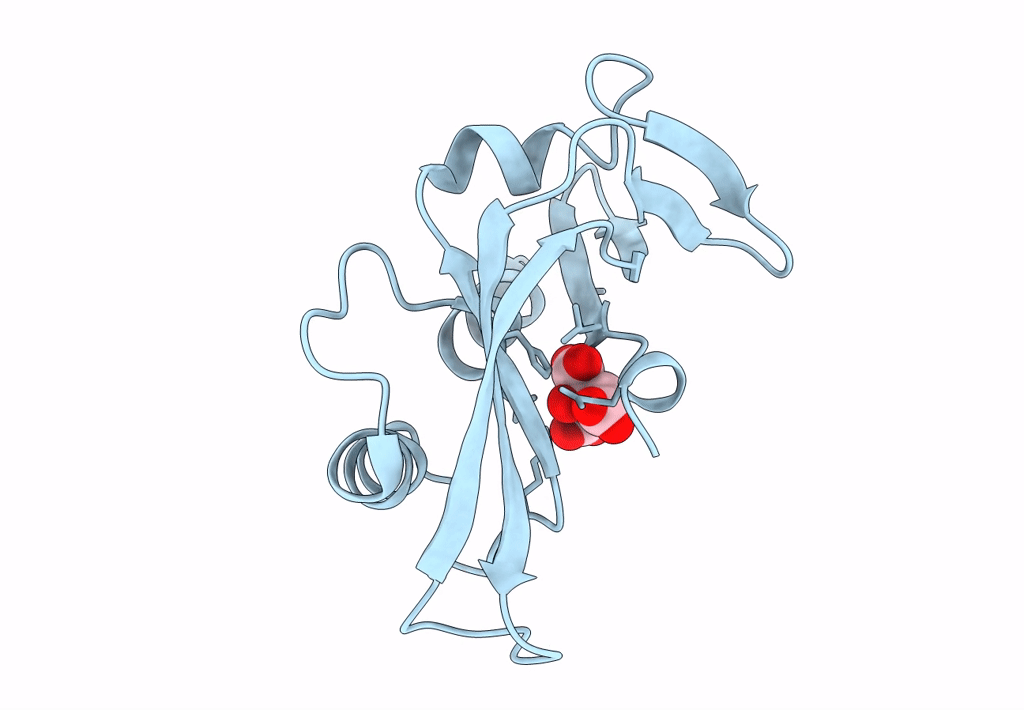
Deposition Date
2021-09-07
Release Date
2021-09-29
Last Version Date
2024-10-09
Method Details:
Experimental Method:
Resolution:
3.10 Å
R-Value Free:
0.27
R-Value Work:
0.24
R-Value Observed:
0.25
Space Group:
P 21 2 21


